Kigga is home to the Narasimha Parvatha, the tallest peak in the Agumbe ghats. The well-known Sirimane Waterfalls are located nearby. However, the main attraction is the Sri Rishyashringeshwara Temple (Rishyashringa Temple). Kigga is a tiny village located at a distance of about 10 kms from Sringeri (Chikmagalur Dst, Karnataka) and is also known as Rushyashrunga Ura.
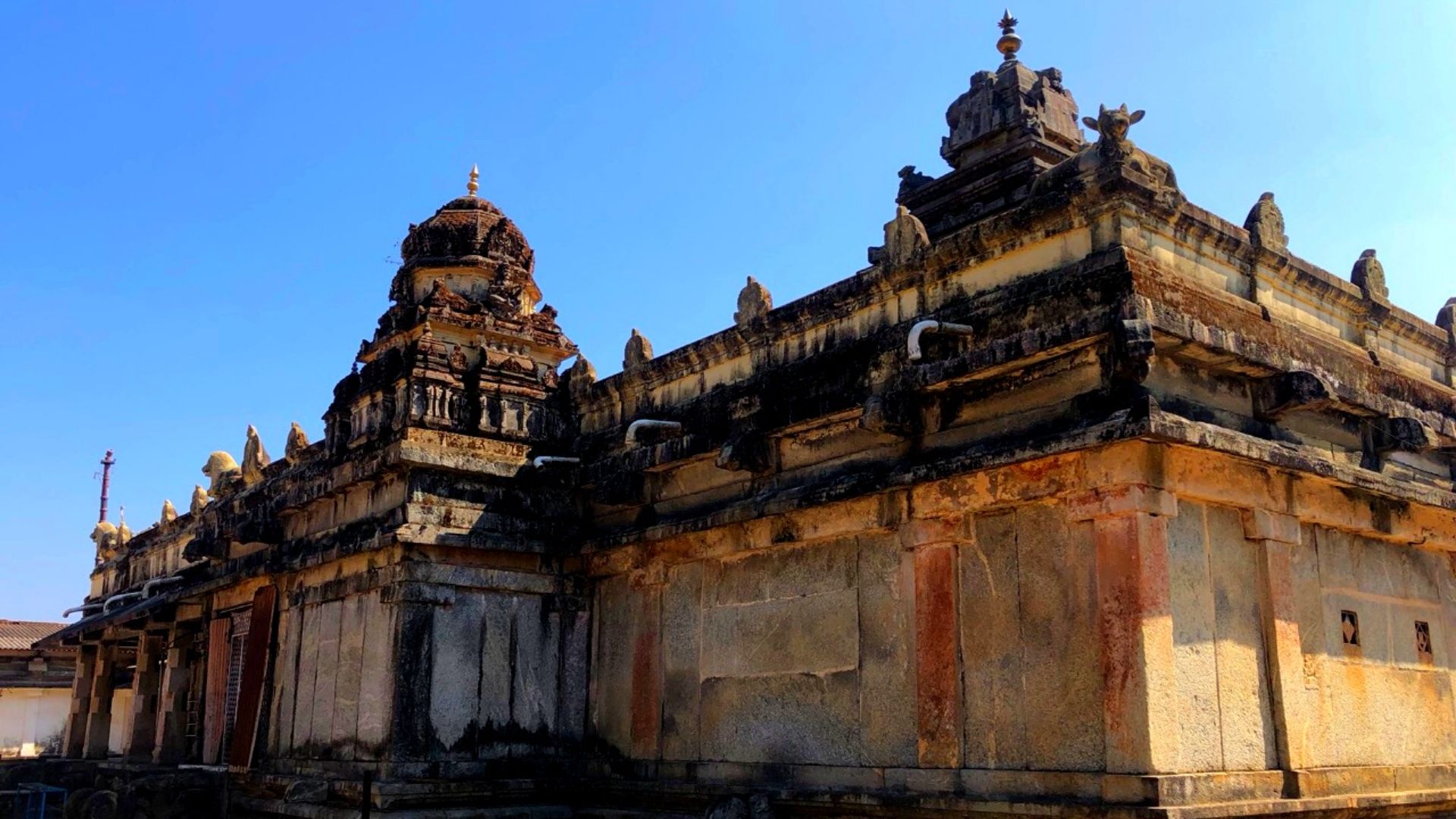
Rishyashringa was a sage and was born with the horn of a deer. The town of Shringeri gets its name from this great sage. Rishyashringagiri became Shringagiri and is known as Sringeri. The place is the headquarters of the Dakshinaanmaya Sri Sharadha Peetam and was established by the globally renowned philosopher, Adi Sankara. Rishyashringa was born to the great sage, Vibandaka and a doe.
The sage, it appears, decided to bring up his son in the wilderness of the forest and the handsome young boy grew up to be a person with mystical powers. However, Rishyashringa was an innocent young man and was not aware of the worldly happenings. He had never met another human being, and his playmates were the tigers and other animals found in the western ghats. Rishyashringa could control his neighbourhood and one could not enter the forest without his consent. He used to perform the austerities as prescribed by his father. The great Vibandaka used to leave Rishyashringa in their hermitage and in a nearby location, and perform penance.
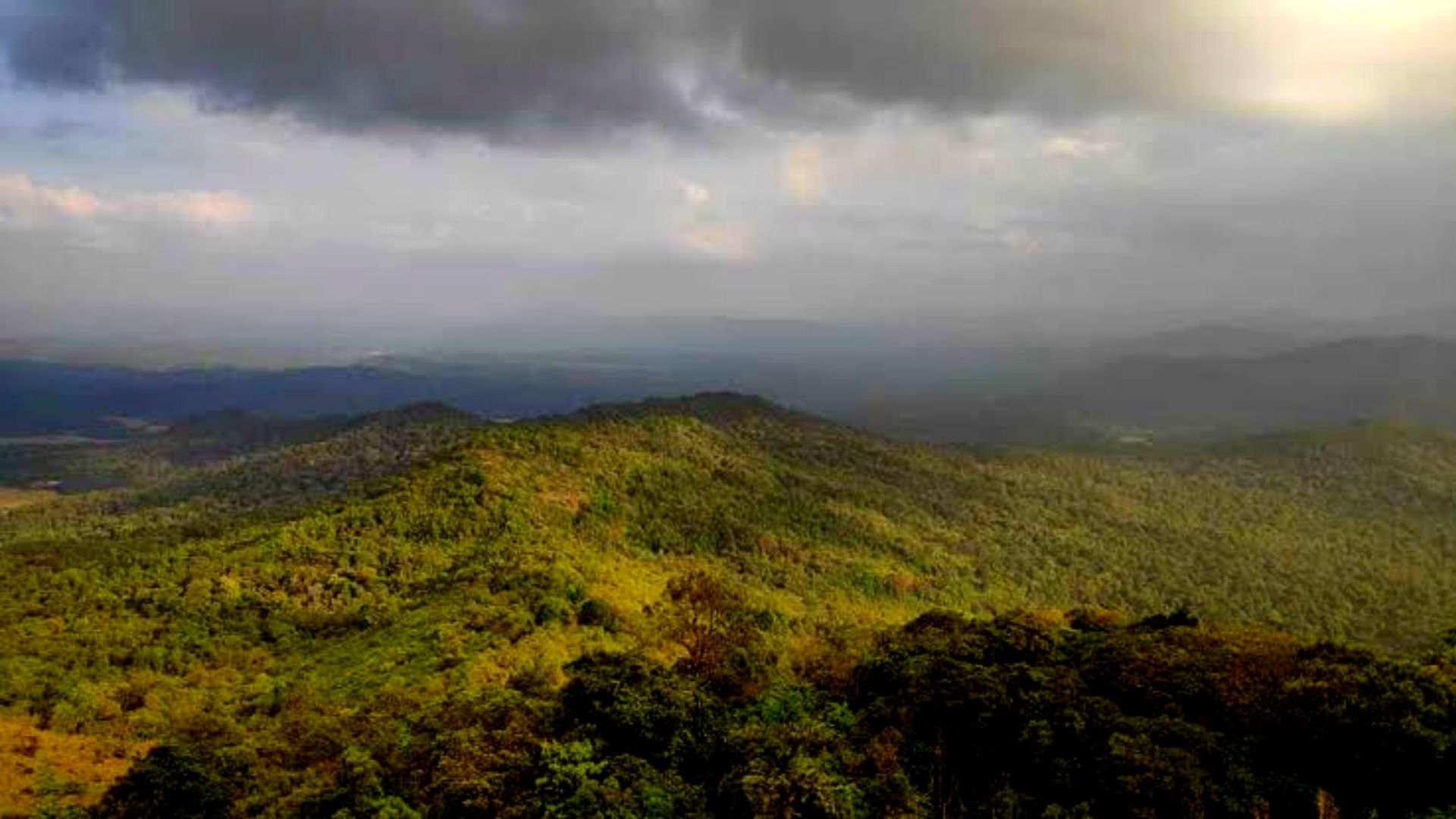
Meanwhile, the neighbouring kingdom under King Romapaadha suffered from severe draught. The ruler’s misdemeanor had resulted in the same. Romapaadha was advised to invite the chaste and pious Rishyashringa to his kingdom. He was told that the feet of the pious Rishyashringa and his prayers would bring in copious rainfall and that the monsoon would never fail thereafter.
Romapaadha sought the help of the Chief Courtesan and she agreed to undertake the mission of coming back with Rishyashringa. She travelled along with her daughter Vaishali and a number of damsels. Rishyashringa was struck by the contrast of these new beings and was terribly attracted to Vaishali. The damsels lured Rishyashringa and took him away to the Kingsom of Romapaadha. No sooner did Rishyashringa set his foot on the kingdom, weather turned pleasant. The entire kingdom prostrated at his feet, and he was led to the sacrificial altar. The fumes that arose as a consequence of the yaaga performed by him made the sky overcast and it began to rain heavily. A grateful Romapadha gave away his foster daughter, Shantha (King Dhasharatha) in marriage to Rishyashringa, and the couple stayed back in the kingdom.
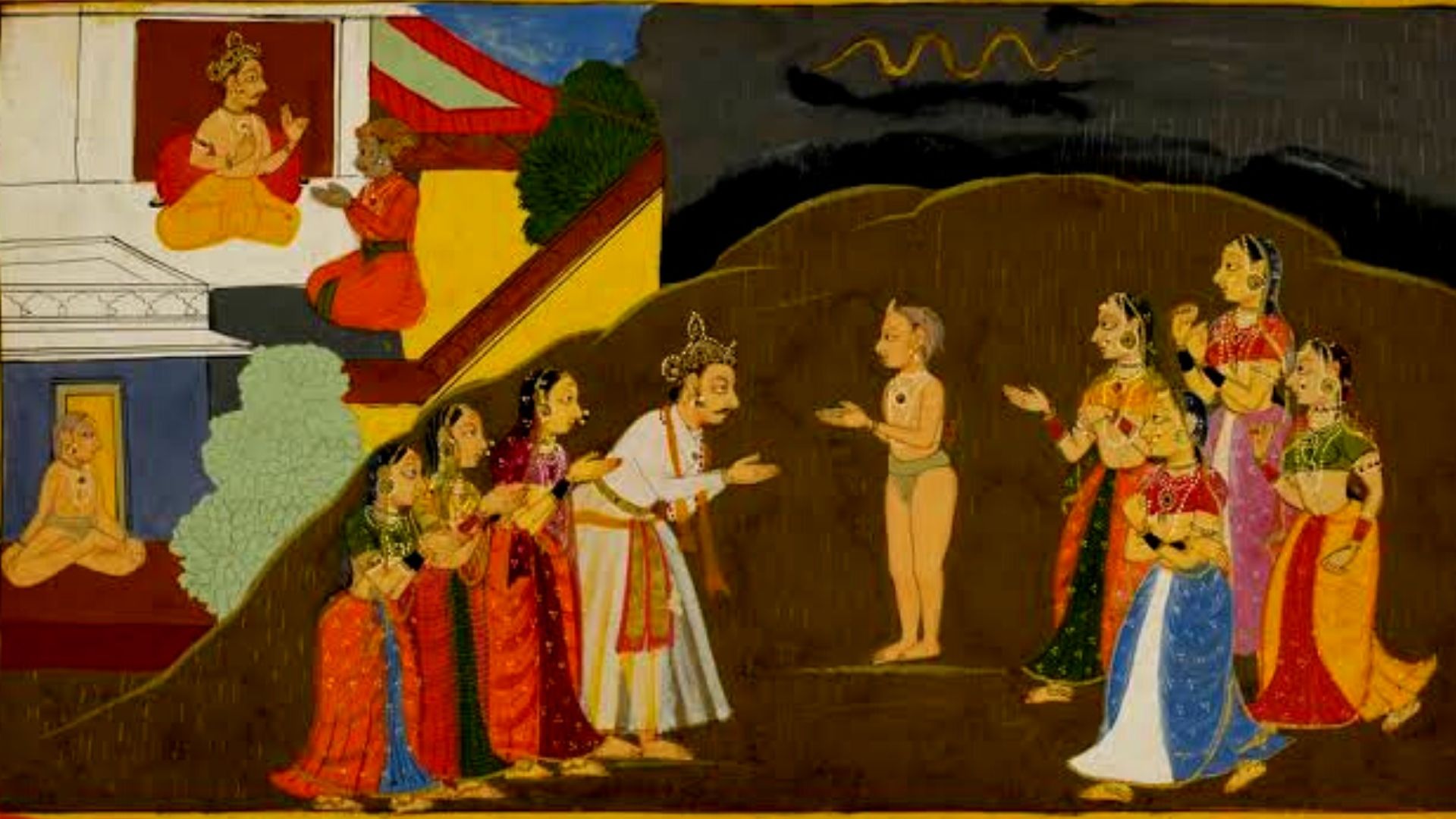
Meanwhile, a worried Sage Vibandaka came to know that Rishyashringa had become a permanent guest in the kingdom of Romapaadha. This enraged him and he hastened to the court of Romapaadha. The wise and clever Romapaadha had placed several welcome arches and hosts in order to plaquette and welcome Vibandaka. He began to cool down by the time he reached the palace. On entering the same, he became overjoyed at seeing Rishyashringa seated on a throne like Indhra himself.
Shantha was seated next to him, and it appeared as though she were the queen of the heavens. Romapaadha, Rishyashringa and Shantha received Sage Vibandaka with a poornakumbham and sought his forgivance. An immensely pleased Vibandaka blessed them and suggested that the young couple retire to the forest during their later years.
Time passed by and King Dhasharatha was keen to have children. He was advised to engage the services of Sage Rishyashringa for the purpose of performing the Puthrakaameshti Yaaga. The great sage, Rishyashringa, performed the yaaga in an exemplary manner and a divine being emerged with the vessel which contained the sacred paayasam that would help the queens, Kausalya, Kaikeyi, and Sumithra to beget Rama, Bharatha, Lakshmana, and Shathrugna.
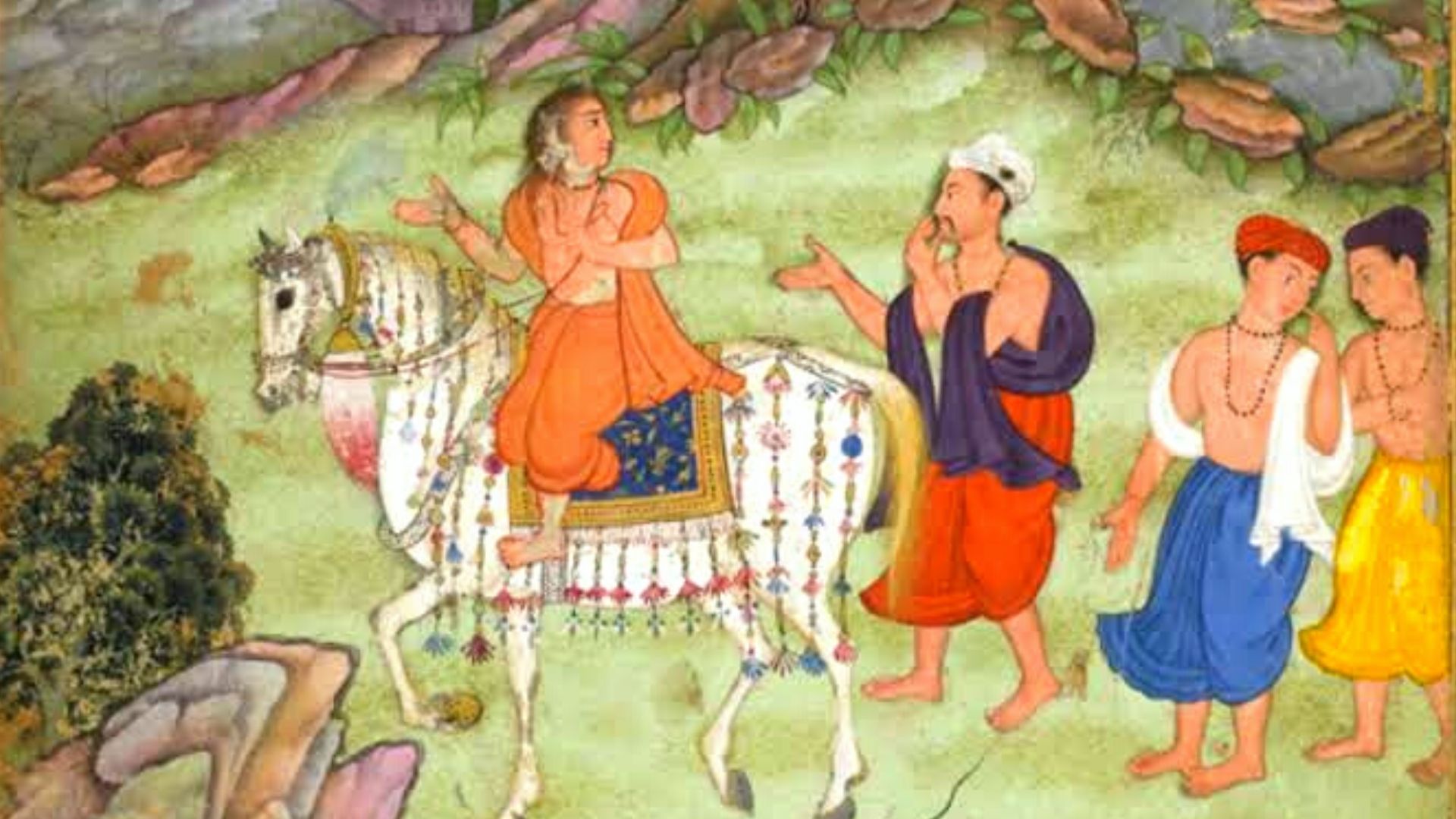
Shantha and Rishyashringa retired to the forest, and they contemplated on the divine for the rest of their lives. The innocent Rishyashringa continued to offer his prayers to the sacred lingam at Kigga and he merged into the holy one on a sacred day. It is also said that Rishyashringa had requested the lord to merge unto himself instead of him requesting a merger with the lord. Therefore, the place is known as Kigga. Rishyashringa had done so after meditating on Lord Narasimha in the Narasimha Parvata. The Lord had advised Rishyashringa to seek a merger into Lord chandramouleeshwara but Rishyashringa had asked for the opposite!
The Rishyashringeshwara Temple at Kigga houses the shrines of Rishyashringa and Shantha. The River Nadhini flows nearby, and the linga has three protuberances which resemble horns. The temple was built during the Vijayanagara period and is present in a lovely setting. The car festival or rathothsava of this temple is celebrated in the Chaitra Maasa (March–April).
The temple compound is relatively big and the maalnad style of architecture has been followed here. A courtyard like structure is around this temple. There are three deities in the sanctum: sanctorum, Valamburi Ganesha, Rishyashringeshwara and Mahishasura Mardhini. Few people visit this beautiful temple, and the surroundings are extremely serene. The temple is peaceful and is endowed with a mystical aura. The locality is surrounded by hills, waterfalls, streams, paddy fields, and forests. Visitors and devotees alike would be at peace while offering their prayers in the shrine of Rishyashringa.
Propitiating Rishyashringa would endow the devotee with rainfall in his or her region. Therefore, many a time the devotees from famine/drought stuck regions would offer prayers at the Rishyashringa Temple. They would be blessed with copious rainfall thereafter. Sringeri and its neighbourhood are also known as Dakshina Chirpunji due to the presence of Sage Rishyashringa at Kigga. Everyone is aware that Chirapunji receives the highest rainfall in India.
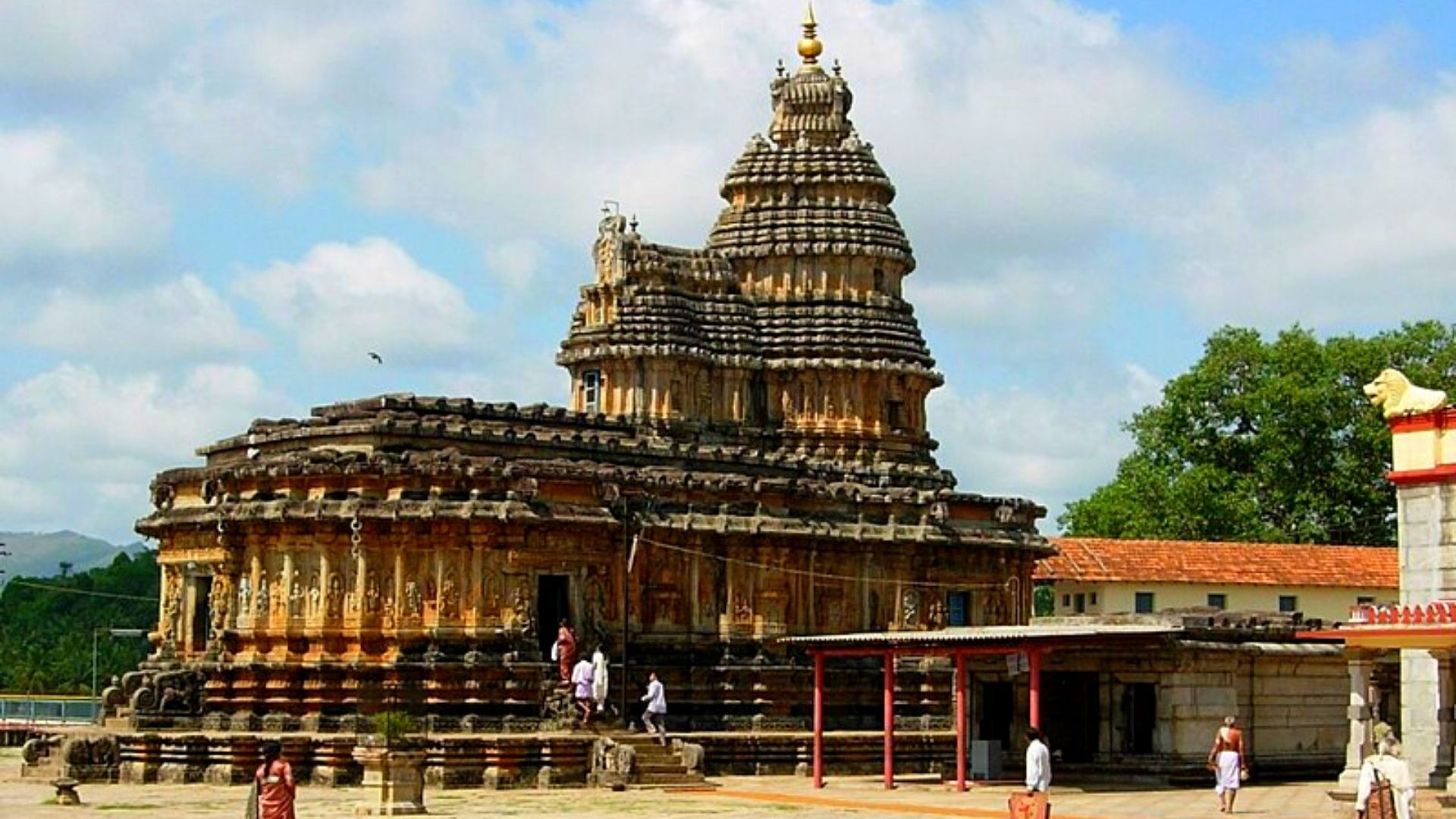
Now, let us come to Sage Vibandaka, the father of Rishyashringa. He had performed asuterities and had merged into Lord Shiva in Sringeri. This form of Shiva is known as Malahaanikareshwara, meaning the one who destroys all the accumulated sins. Devoteeswho visit Sringeri seek the blessings of Malahaanekareshwara and get rid of their sins prior to offering their prayers at the shrine of Kigga. Is it not true that one has to get off their sins in order to facilitate the arrival of divine grace? Visitors too Sringeri seek the blessings of Goddess Sharadha pray at the shrine of Vidyaadhankara seek the blessings of the Shankaracharya, bathe at the River Thunga, seek the benediction of Malahaanikaresshwara and request Rishyashringa to bless them with copious rainfall.
The lovely and serene western ghats and the jungle streams with the animals in the neighbourhood forests offer a perfect environmental setting for the eco-conscious Indian while offering his/her prayers at the Shrine of Rishyashringa.
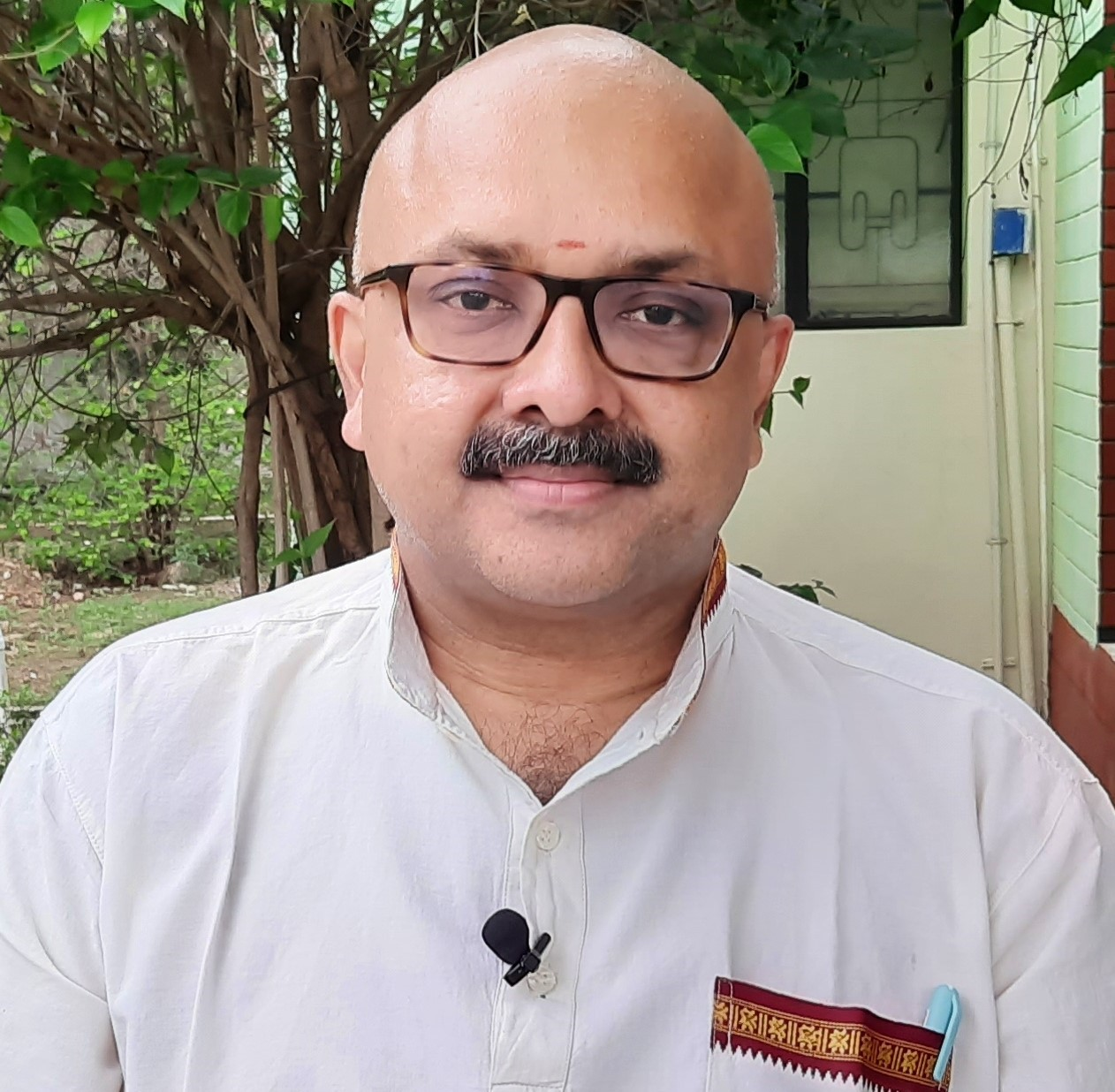
Mr. Rajesh Govindarajulu is one of the founding members of the Verandah Club Pvt. Ltd. He is a leading columnist, historian, jeweler, entrepreneur, and a heritage enthusiast who is earnestly working to revive the past in the light of the present. Experiential learning about the history of Coimbatore is his main course of interest and he is also a panel member of many colleges in the city.
NEXT ARTICLE
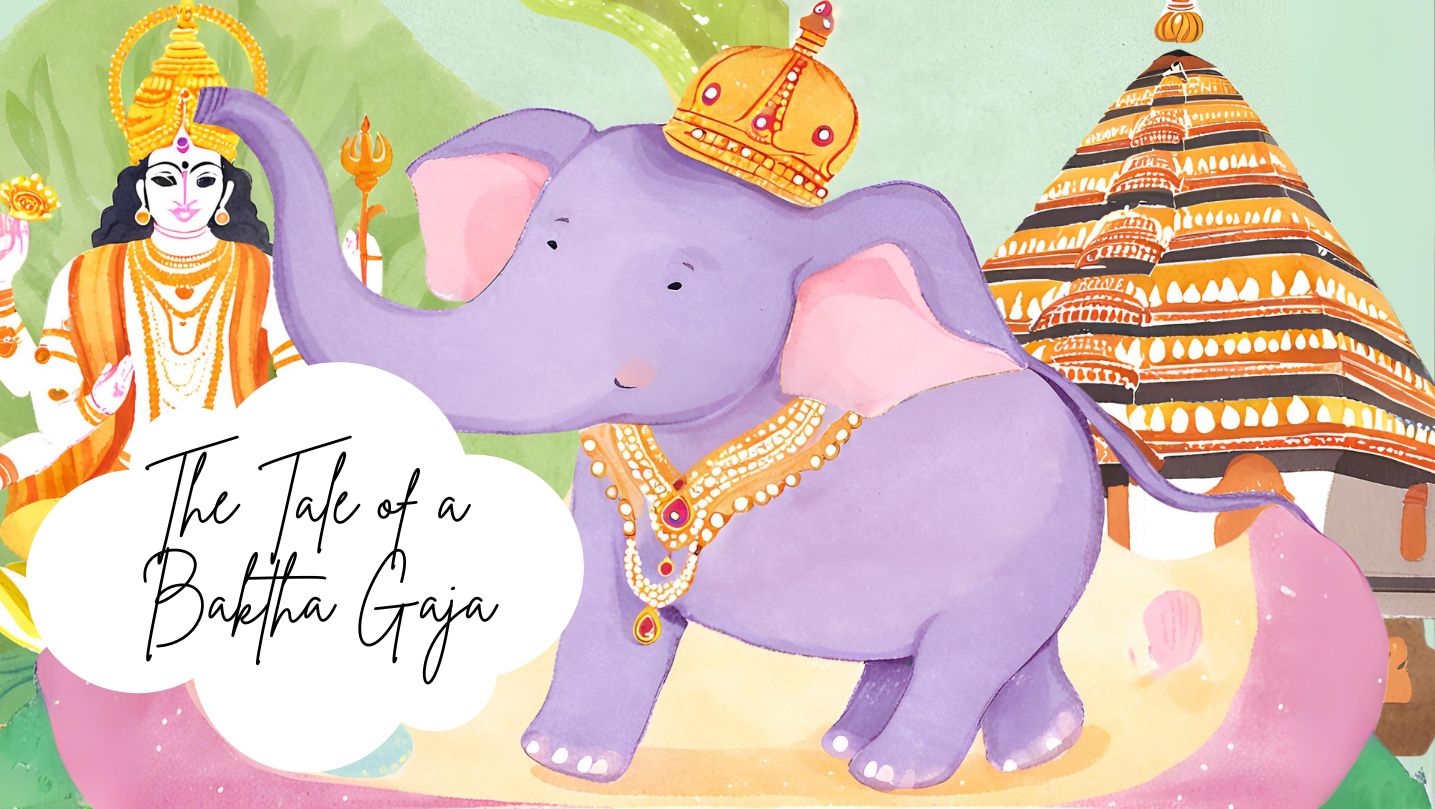
In the lush, green heart of Kerala lived an elephant who became a living legend - a tale of an elephant turned into a bakth. His name was Keshavan, bu...

The Chaitanya Charitamrita by Shri Krishna Das Kaviraj provides a vivid description of the operations management of Shri Gundicha Yatra during the tim...
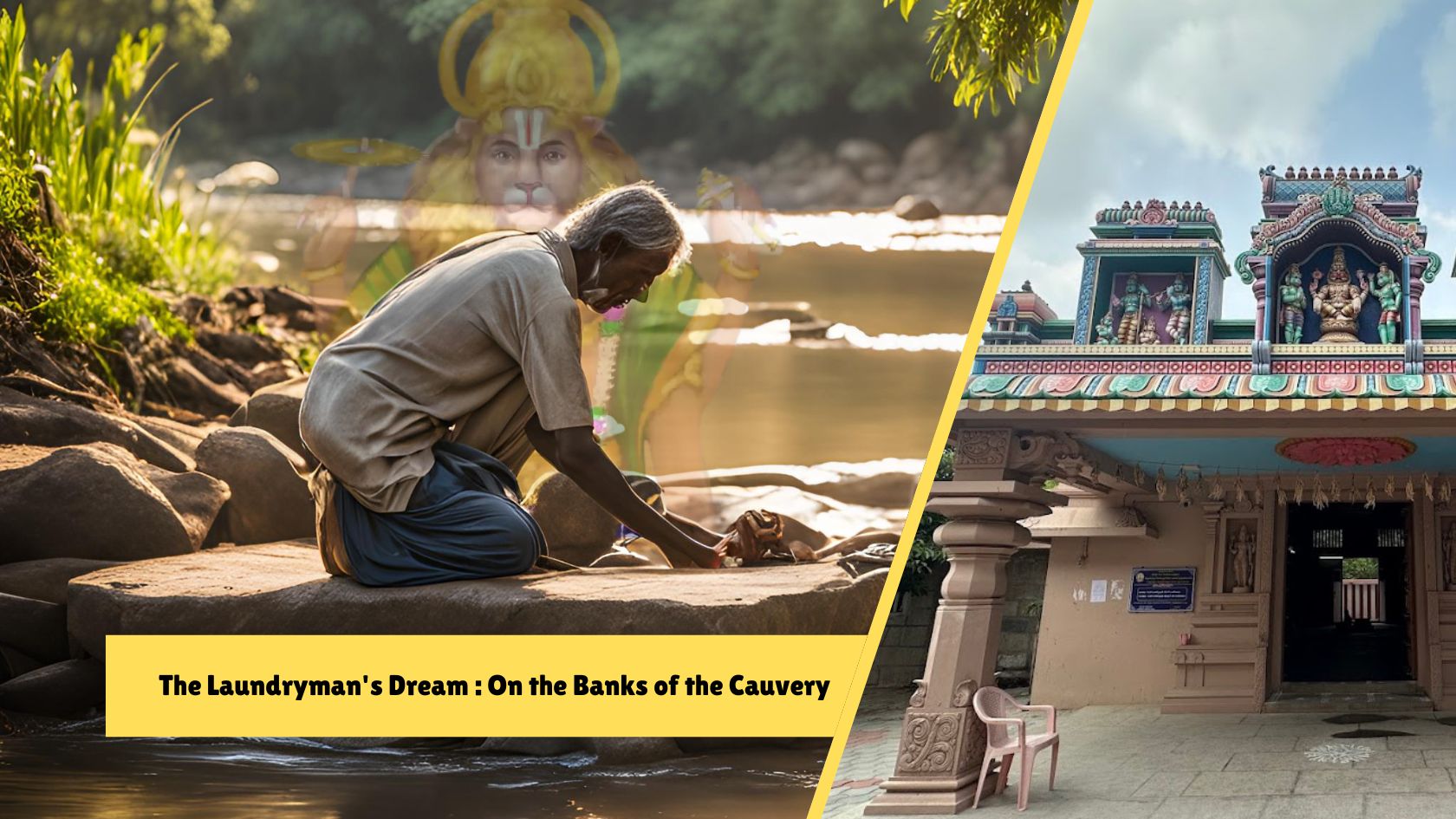
The sun beat down on my back as we stepped out of the car, the air thick with the humidity of rural Tamil Nadu. Chinthalavadi, a small village nestled...